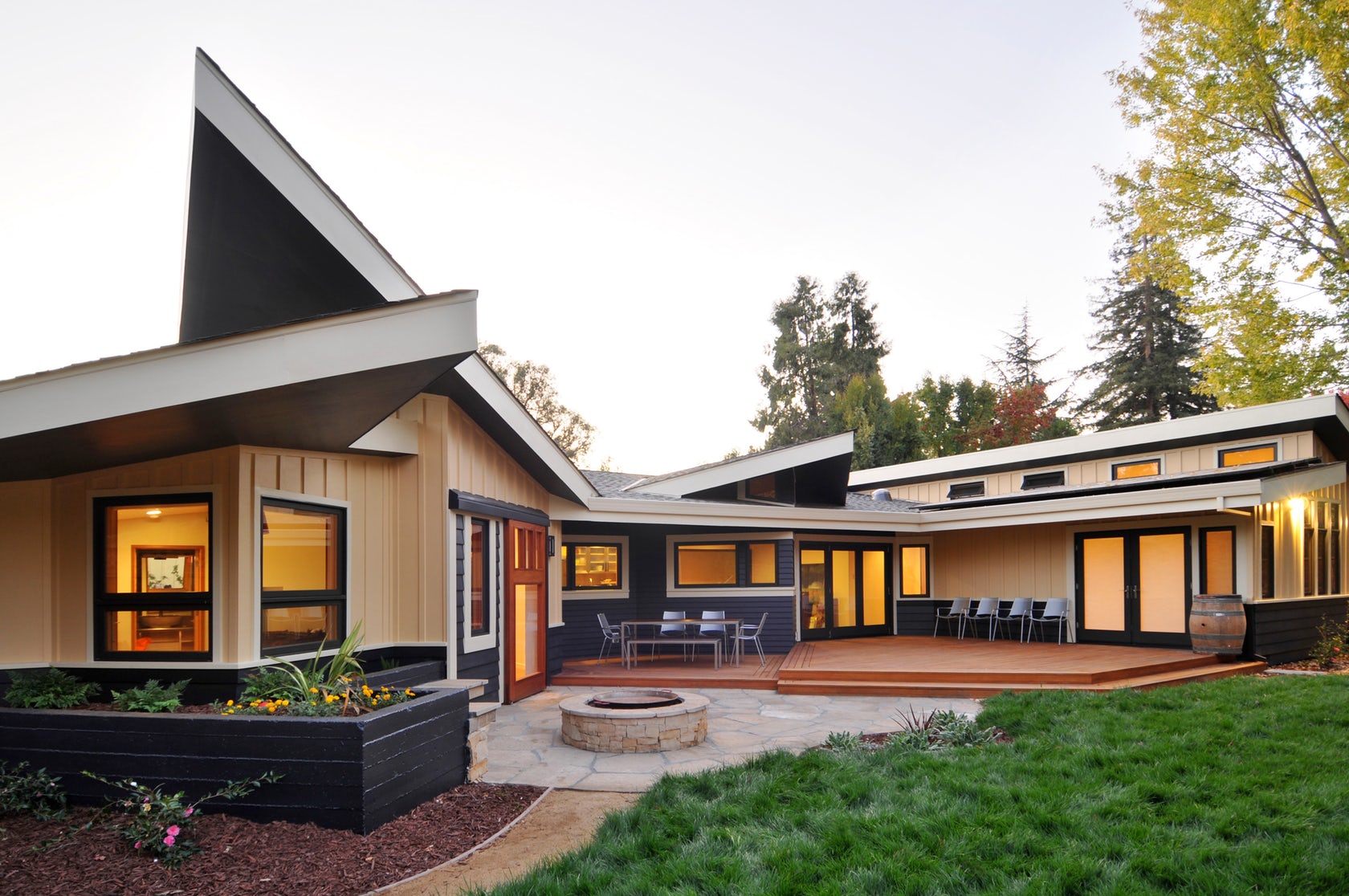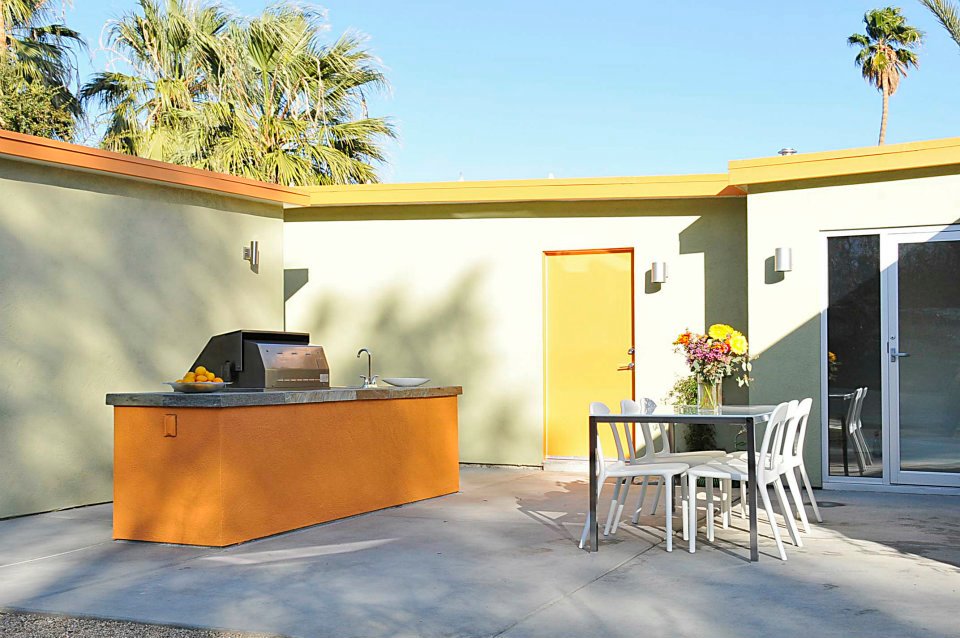Organic Architecture has been around for more than two decades but things are heating up very fast today as it is becoming the central focus of sustainable living. Today we asked Eric Corey Freed is Founding Principal of organicARCHITECT, a design leader in biophilic and regenerative design, to let us into his world.
Eric brings over 20 years of experience in helping architects, builders and homeowners use sustainability to improve the design and operational savings for thousands of buildings around the country.

1. As head of organicARCHITECT, you have advised numerous companies from Apple to Lowe on how to incorporate sustainability into their business, and your studio has repeatedly been voted in the 25 ‘Best Green Architecture Firms’. What inspired you to pursue a career in sustainability? Did you expect to end up in this career path?
Not at all! I thought I’d be designing curvy, organic buildings for fun clients who wanted to express their personality. In fact, the first decade of my career was doing just that… but the harsh truth is that buildings contribute so much to the climate crisis that I could no longer enjoy just working on one building at a time. Around 2001, I made a conscious choice to start having more impact by actively speaking, writing, teaching and consulting. I thought I could reach more people and incite more change.
Now two decades later, I’ve lectured to over 300,000 people in all 50 states and 7 countries. I’ve taught over 1000 students and mentored another 500. My 11 books have reached hundreds of thousands, and my videos have been watched by over a million people. Plus, I’ve gotten to consult on hundreds of buildings that are bigger than anything my small firm could have done on our own. My hope is that I’ve changed how those people look at their buildings. I think we all can commit to making an impact to make the world a better place.
2. Your work is clearly situated within the tradition of ‘Organic Architecture’. Could you tell us a bit about the history of this term and what is meant by it? How does one incorporate sustainability into design; is it simply a question of sustainable resources, or does it require a more radical change in perspective?
The term comes from Frank Lloyd Wright, who used it to describe his design process: the design grows from the inside out, is shaped by the site and climate, and follow the integrity of the materials used… all while trying to express the solution in a creative way. Most architects seem to misinterpret Wright’s work and this idea of organic architecture. They see it as a stylistic set of repeating elements, but it’s much more about the approach to the design.
I grew up in Philadelphia and my dad took me to see Frank Lloyd Wright’s Beth Shalom Synagogue when I was around 9 and it had an immediate impact on me. I was obsessed with his work and by the time I was in high school I was writing letters to his former apprentices.
To me, Mr. Wright was the first green architect. But he didn’t know what we now know today. Mr. Wright didn’t have to deal with carbon emissions, carcinogenic materials, energy shortages, water pollution, and all of the other issues facing architects today. But he did make all of his buildings orient to the Sun, use natural materials, use passive cooling, and integrate biophilia into the design.
The climate crisis has created an urgency today that didn’t exist a hundred years ago. It should be the responsibility of every architect and builder to target net zero energy, zero carbon, and avoid all known carcinogens. If you do it right, it can actually save you money fro the start. A large part of my consulting work is showing other architects how to do this.

3. Why do you think that it is important to be sustainable in how we build things? Is it in order to use resources more sustainably, or is there another link between natural design and our wellbeing?
In the last decade alone, carbon emissions have increased by 20 parts per million, to above 415. The last time global carbon was this high was 2 million years ago and there were trees at the South Pole! The 5 hottest years on record have occurred in the last five years. 18 of the 19 hottest years on record have occurred in this century. We’ve facing something the human race has never experienced before. We need bold climate action now!
The good news is that this is an opportunity to rethink how we build our buildings and communities to be more vibrant and healthier. If I design you a healthy, high performance building, it will improve employee performance, increase student test scores or reduce sick days. Those things could save you tens of thousands a year.
4. You are credited with stating that “The way we build is stupid” – what do you think are the forces that cause this to be true? Is it perhaps due to the profit incentive of developers, or innate inertia within the design industry? Can you recall a particular project where you encountered some of these forces directly?
Well… nothing sinister. I think much of the reason we have been building the same way for 200 years is just that we’re used to it. Tradition can be a strong driver. Sure, the concrete, steel and lumber industries want to keep making money, but they are not the obstacle. Our building codes (and often the lack of an energy code) is more of a roadblock to high performance buildings than anything. Today, you can get healthy and responsibly sourced building materials for everything we put into our buildings. It was much harder when I started nearly 30 years ago! Today there is no excuse not to build a green building.

5. Could you share some simple changes you recommend for people to incorporate sustainability into their homes and lives?
There are tons of easy things you can do in your existing building (even if you’re renting or leasing). Wrap your water heater and turn it down slightly. Use a programmable thermostat. You’ve heard these tips for years. I’ve written books full of these tips. The main point is: DO SOMETHING! Start measuring your energy use. Know where your power comes from.
If you’re remodeling or building something new, set a goal to achieve net zero energy in your building (why pay a monthly utility bill?).
For every material you put into the building, ask the following questions:
1. Where did this material come from?
2. What are the by-products of its’ manufacturer?
3. How is the material delivered and installed?
4. How is the material maintained & operated?
5. How healthy are the materials?
6. What do we do with them once we are done with these materials?
Or better yet, look at the Mindful Materials database (mindfulmaterials.com).
EDITOR’S NOTE: The opinions expressed here by Impakter.com columnists are their own, not those of Impakter.com. “Shape Your Future” Video cover with: Eric Corey Freed is Founding Principal of organicARCHITECT – Edited by Impakter.com








